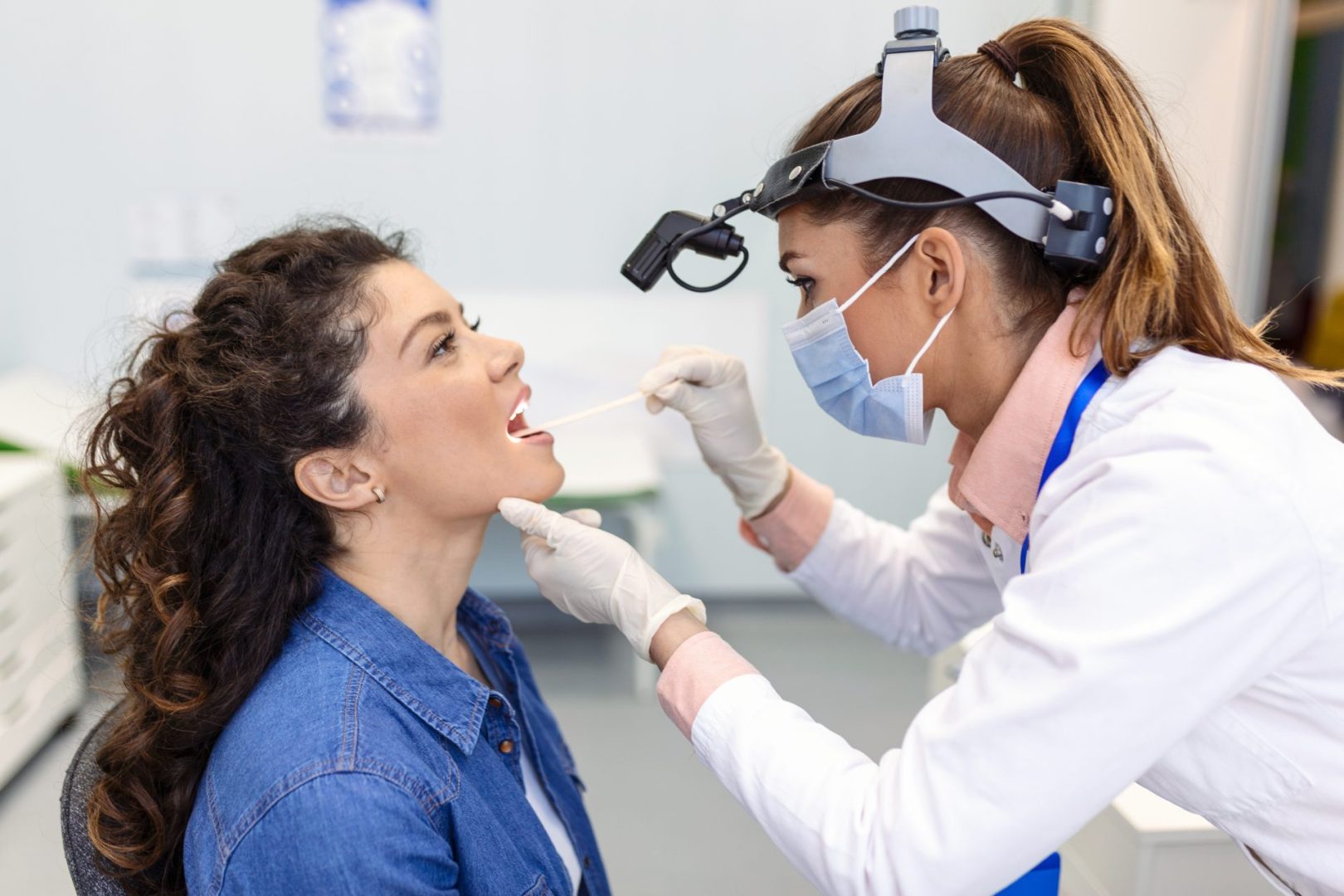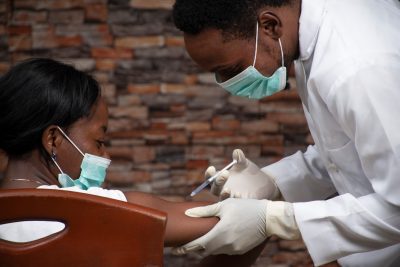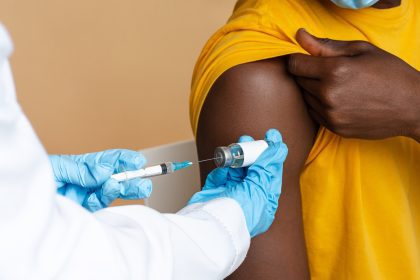Serious and potentially deadly strep infections have surged dramatically across the United States, according to new research from the Centers for Disease Control and Prevention. The study, published in the Journal of the American Medical Association, reveals that invasive group A strep infections more than doubled between 2013 and 2022, following 17 years of previously stable rates.
What makes these infections so dangerous
Unlike common strep throat, which affects millions of Americans each year, invasive strep infections occur when bacteria spread beyond their typical locations into areas of the body that should remain sterile, such as the bloodstream, lungs, or deep tissues. This invasion can trigger life-threatening conditions including necrotizing fasciitis—sometimes called “flesh-eating disease”—and toxic shock syndrome, which can lead to rapid organ failure.
The speed at which these infections progress makes them particularly concerning. What initially resembles ordinary flu symptoms can deteriorate into a critical medical emergency requiring intensive care within just 24 to 48 hours. This rapid progression often leaves limited time for effective intervention once the infection takes hold.
The numbers behind the trend
The CDC study analyzed data from 10 states representing approximately 35 million people. In 2013, about 4 in 100,000 people received diagnoses of invasive strep. By 2022, that figure had jumped to around 8 per 100,000—a 100% increase. In raw numbers, cases rose from 1,082 to 2,759 during the nine-year period studied.
Throughout the entire study timeframe, researchers identified more than 21,000 cases of invasive strep infections, including nearly 2,000 reported deaths. When extrapolated to the entire U.S. population, these figures suggest the national death toll likely exceeds 10,000 people.
The research clearly demonstrates that the threat from these infections has substantially increased for both the general public and vulnerable populations.
Who faces the highest risk
While the study found that infection rates increased across most adult age groups, adults 65 and older showed the highest overall rates. Other high-risk populations emerged through the analysis, particularly among vulnerable groups.
People experiencing homelessness face extraordinarily high infection rates—reaching 807 cases per 100,000 individuals in 2022. This rate ranks among the highest ever documented worldwide for this type of infection.
Individuals who inject drugs also show elevated risk, as the practice can introduce bacteria directly into the bloodstream. Additionally, people with underlying health conditions such as diabetes and obesity appear increasingly vulnerable, as these conditions can compromise immune function or lead to skin infections that serve as entry points for bacteria.
Interestingly, the study did not detect increased rates in children, despite widespread clinical reports from children’s hospitals of severe pediatric cases in late 2022. This discrepancy suggests the need for additional research focused specifically on pediatric populations.
Multiple factors driving the increase
The research identifies several potential explanations for the concerning trend. Rising rates of chronic health conditions like diabetes and obesity have expanded the population vulnerable to these infections. Both conditions can weaken immune responses or create opportunities for bacteria to enter the body through compromised skin.
The homeless population faces compounded challenges including limited access to sanitation facilities, crowded living conditions, and barriers to healthcare—all factors that increase infection risk and decrease early intervention opportunities.
Changing bacterial characteristics may also contribute to the rise. Strains of group A strep appear to be diversifying, potentially creating new opportunities for infection. The strains expanding in recent years seem more likely to cause skin infections than throat infections, possibly explaining some of the observed patterns.
Perhaps most concerning, these expanding strains may drive increasing resistance to certain antibiotics used to treat invasive strep infections. While penicillin remains effective as the primary treatment, resistance to macrolides and clindamycin—backup antibiotics used in certain cases—appears to be growing. This resistance limits treatment options, particularly for patients with penicillin allergies or those experiencing toxic shock syndrome.
The need for accelerated prevention
The study highlights the urgent need for enhanced prevention and control measures to address this growing health threat. Public health officials emphasize that early recognition and treatment remain critical to improving outcomes.
Healthcare providers should maintain heightened awareness of invasive strep infection symptoms, particularly in high-risk populations. Rapid diagnosis and prompt antibiotic treatment dramatically improve survival rates.
Public health measures targeting vulnerable populations, especially those experiencing homelessness, require strengthening. Improved access to basic sanitation, wound care, and healthcare services could significantly reduce infection rates in these communities.
The increasing antibiotic resistance underscores the need for continued research into new treatment approaches. Many health experts advocate for the development of a vaccine against group A strep, which could protect vulnerable populations before infections occur.
Recognizing the warning signs
Understanding the early symptoms of invasive strep infections can save lives. While initial symptoms often resemble the flu—including fever, chills, and muscle aches—certain warning signs should prompt immediate medical attention:
Severe pain that seems out of proportion to any visible injury A rapidly spreading area of warm, red, swollen skin Dizziness or confusion Difficulty breathing Skin blisters or black spots developing near a cut or wound
For parents, signs that a child’s ordinary illness might be developing into something more serious include extreme lethargy, rapid breathing, skin that appears mottled or discolored, and failure to improve after 24-48 hours of fever.
The broader context
The rise in invasive strep infections represents part of a larger pattern of changing infectious disease threats in the United States. The COVID-19 pandemic disrupted typical patterns of respiratory virus circulation, potentially creating new opportunities for bacterial infections to take hold.
Additionally, increasing antibiotic resistance across multiple bacterial types continues to challenge medical professionals. The growing resistance to secondary antibiotics used for strep infections reflects a worldwide trend that threatens to undermine decades of progress in infectious disease control.
Public health officials emphasize that while these trends are concerning, basic preventive measures remain effective. Regular handwashing, proper wound care, and seeking prompt medical attention for concerning symptoms all help reduce infection risk.
As research continues, healthcare providers continue adjusting their approaches to recognize and treat these increasingly common infections before they progress to life-threatening stages.












